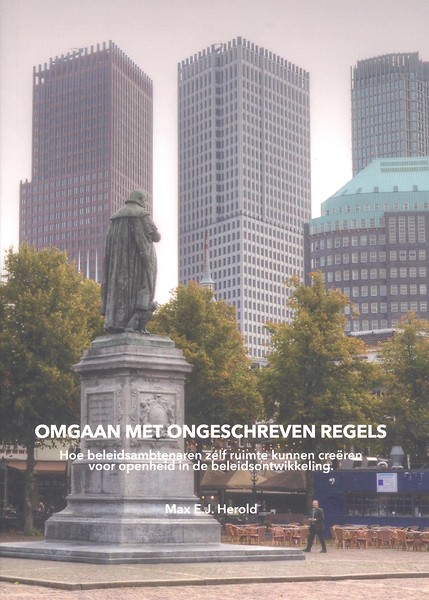‘By “positivation”, I mean “being made positive”. The individual thus “made positive” becomes all that the term “positive” means in ordinary thought and speech.’
– William Walker Atkinson, in ‘The Power of Concentration’ –
It is a strategy I once learned from a colleague. She was a mistress in reversing negative feelings in herself. For example, if she was stuck in a predominant problem she did not know how to turn into workable activities that helped her further. If you apply this strategy, take more than two days for it, put your phone away and avoid contact. You can also use it in coaching as a question pattern. In general, this strategy is suitable if you want to achieve the following goals:
- Guiding people to courage.
- Finding drive in yourself.
- In situations where someone thinks that life makes no sense at all.
- If you want to create a turning point, and you do not know how to proceed? If you do not see solutions.
- From ‘The problem dominates me & directs me’ to ‘I’m in charge of the problem’.
- Staying conscientious in difficult (work)situations.
How does this great strategy work?
Step 1: Silence & Naming
- Create silence. Make the environment around you calm:
* No appointments.
* Do not speak verbally / just do not talk.
* Do not call. - Turn your eyes inwards / look inside.
- Focus on your feelings. What do I feel?
- Label that feeling in terms of simple words: happy, satisfied, disappointed. Speak out that feeling.
Step 2: Make that feeling (or feelings) specific, analyse it.
Answer the following questions for yourself:
- Where / why / when am I <feeling>?
- In relation to who, am / am I <feeling>?
- How did <feeling> arise?
- What does <feeling> tell me about what is going on?
- What does <feeling> do to me?
- What’s happening inside?
- …..
Step 3: Deepen the analysis
-
Change/alternate <looking at the feeling: what are the characteristics of the feeling / what does it consist of?> with <being in the feeling: what do I feel?>
-
Ask questions like:
* What happened?
* What have I done?
* What did I contribute?
* What is my share in this?
* Am I satisfied with what I did in the situation?
* Do I learn something here? -
Consider: What are new ‘glasses’ (perspectives) I can get, which make a new way of thinking about the situation possible?
Step 4: Learning (skills & behavior), answer the following questions
- What are first helpfull insights?
- What can I learn in terms of OWN behavior and skills (This is NOT: you have to become a different person or have other convictions).
- What can I do on what I feel?
- What am I not using now from basic skills I posses and can? Behavior and skills that are close to me (manageable and feasible).
- What else of my skills, qualities can be of any use in this situation?
- Which simple behavioral alternatives may be of use (eg ‘keeping your mouth shut’)?
- What is the answer, coming out of my inside, to this situation?
Generic feedback mechanism: How do I know that I am on the right track?
Check with every step:
-
Am I happy with the thought that I am going on this path?
-
Am I already happy?
-
Do I like it?
-
Do I feel good with the thought that I will deal with the situation in this way
-
Can I really laugh at the situation?
——– -
The core is this check: I have responded to all the questions in all sincerity and honesty.
Step 5: Make your environment positive
-
At the end of the process. Make your fysical environment happy and positive. How do you do that? For instance by buying flowers or something that is a positive thing for you when you perceive it in your surroundings. Do ‘happy’ things!
Finally
If you follow these steps, keep the following thoughts in mind.
-
Silence precedes true perception and feeling.
-
I can not know everything, what does this say about me (without being inferior or to evoke a sense of guilt, just ‘sober’).
-
Be your own (constructive) jury. Be honest with yourself. Be a ‘fair witness’ of yourself. What does my feeling say? In short, organize your own jury process without being inferior or negative to yourself.
-
You learn constantly. You can learn something every day.
-
Joy and happiness are always in me somewhere.
-
I have my own role / my contribution in the situation that has arisen (I am partly responsible for this).
-
Assume that the other, or others, has his own grief or negative feeling if it is part of the situation (compassion).
-
The other has other sides that you do not know.
-
You do not give anything away from your own emotion and thought process. It is about what you can do YOURSELF. Never let anything impose on you.
-
Difficult situations mean accepting and letting go.
-
If something needs to be changed, I will have to do it myself.
-
Get out of yourself. Focus on what CAN I do?
-
You can not act well if you are not honest and put the situation ‘on the table’.
-
If I let something ‘hang’ in a personally difficult situation, I hang myself up. So do something.
-
If you think you can not do something, say, “Why can not I … ..!”
-
Just think: I’m not going to die of this. It can never be difficult.
-
Mastering a situation and learning are two sides of the same coin.
-
Celebrate new insights, ‘inner movements’ and actions’. Give yourself nice things that are good for your mind and good for your body and make you happy. Nutrition for mind and body
Max Herold
March 2019
(Thanks to the colleague who shares this with me and likes to stay in the background :-))



